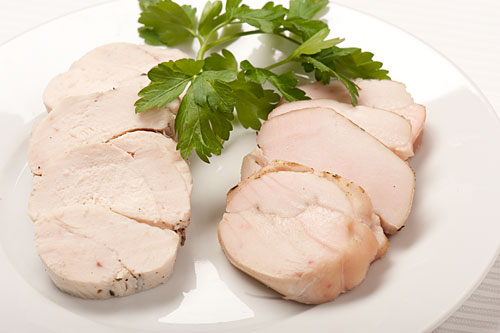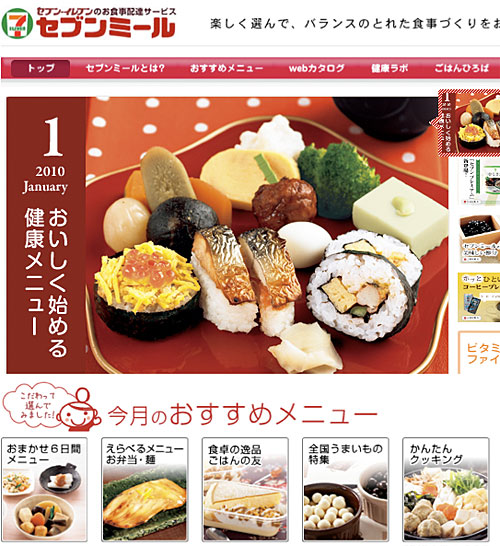January 2010
All the content on this site by month.
I've been told that on Jan 25th I'll start a new project. The client's office is near my actual office (and my artschool, yay!) as well as from my house, but... public transport from client's is not that good, so I won't be able to go home for lunch, which is a pity cuz it's 10 minutes on bus... but 20 on foot. Definetely no time.




